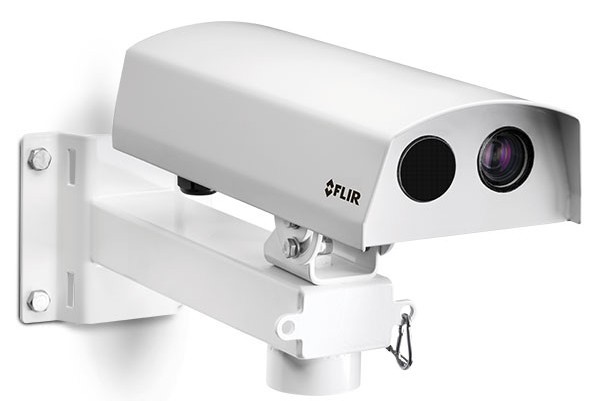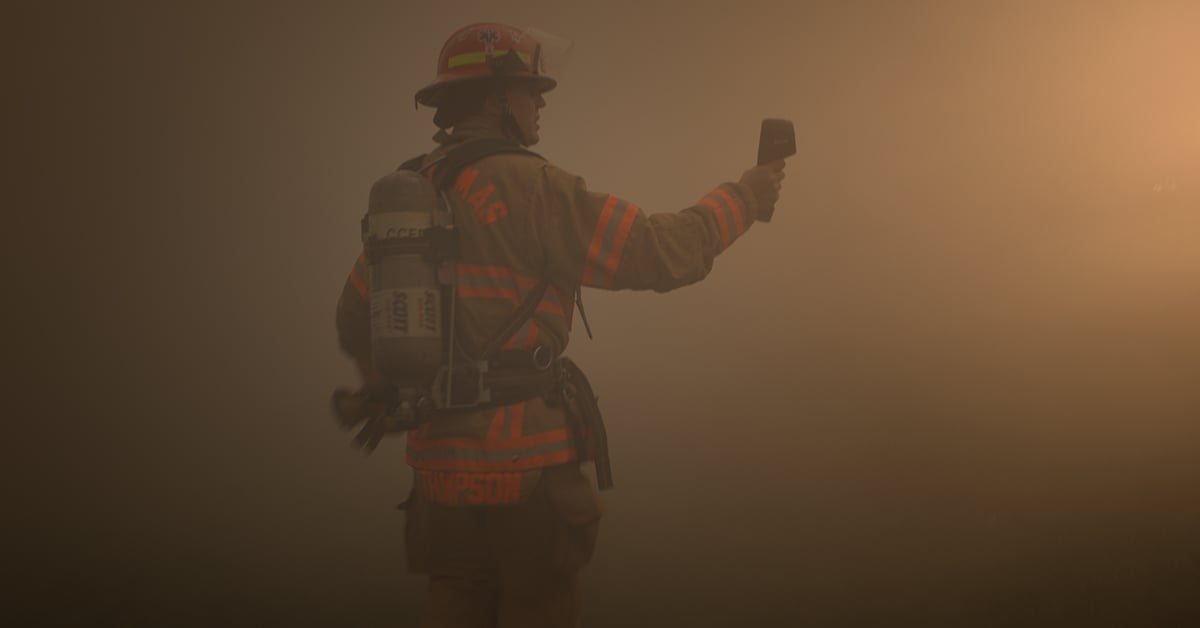Optimizing traffic flow through detection and data

Optimizing traffic flow is a never-ending challenge for traffic engineers with a myriad of variables entering the mix, such as peak hours, roadworks, delays due to accidents and more. As such, creating and maintaining traffic efficiency is a complex and multifaceted pursuit. The capture and analysis of traffic data is therefore critical to understanding the causes of congestion and implementing improvements.
From a functional perspective, majority of current and historical traffic data has relied on presence detection from an inductive loop installed into the road surface. Unfortunately, this type of system can include a degree of inaccuracy due to the need to detect metal content or distinguish the class of vehicles.
From an analytical perspective, the key to understanding congestion lies in detection and data. This highlights the importance of capturing multiple data points to build a multifaceted appreciation of factors that are influencing congestion. Information around traffic patterns, travel and delay times, vehicle types, and occupancy periods can provide the insight needed.
With the ability to detect up to 24 vehicle presence zones and up to four lanes of coverage from one unit, a thermal imaging sensor such as the Teledyne FLIR ThermiCam2 is a proven and cost-effective alternative to inductive loops or radar detection at intersections. ThermiCam 2 is traffic adaptive, offering advanced detection and data algorithms that can also be used to extend or reduce green light time based on congestion or demand.
With a ≥98 percent accuracy in sensing, the incorporation of thermal imaging detection can result in better signal timing and increased traffic efficiency, with fewer false calls and missed detection events. Easily installed on existing infrastructure such as traffic poles, thermal detection provides highly accurate detection and data, providing traffic engineers with the insights they need to make improvements where they are needed most.
This partner content is brought to you by Armitage Group.


